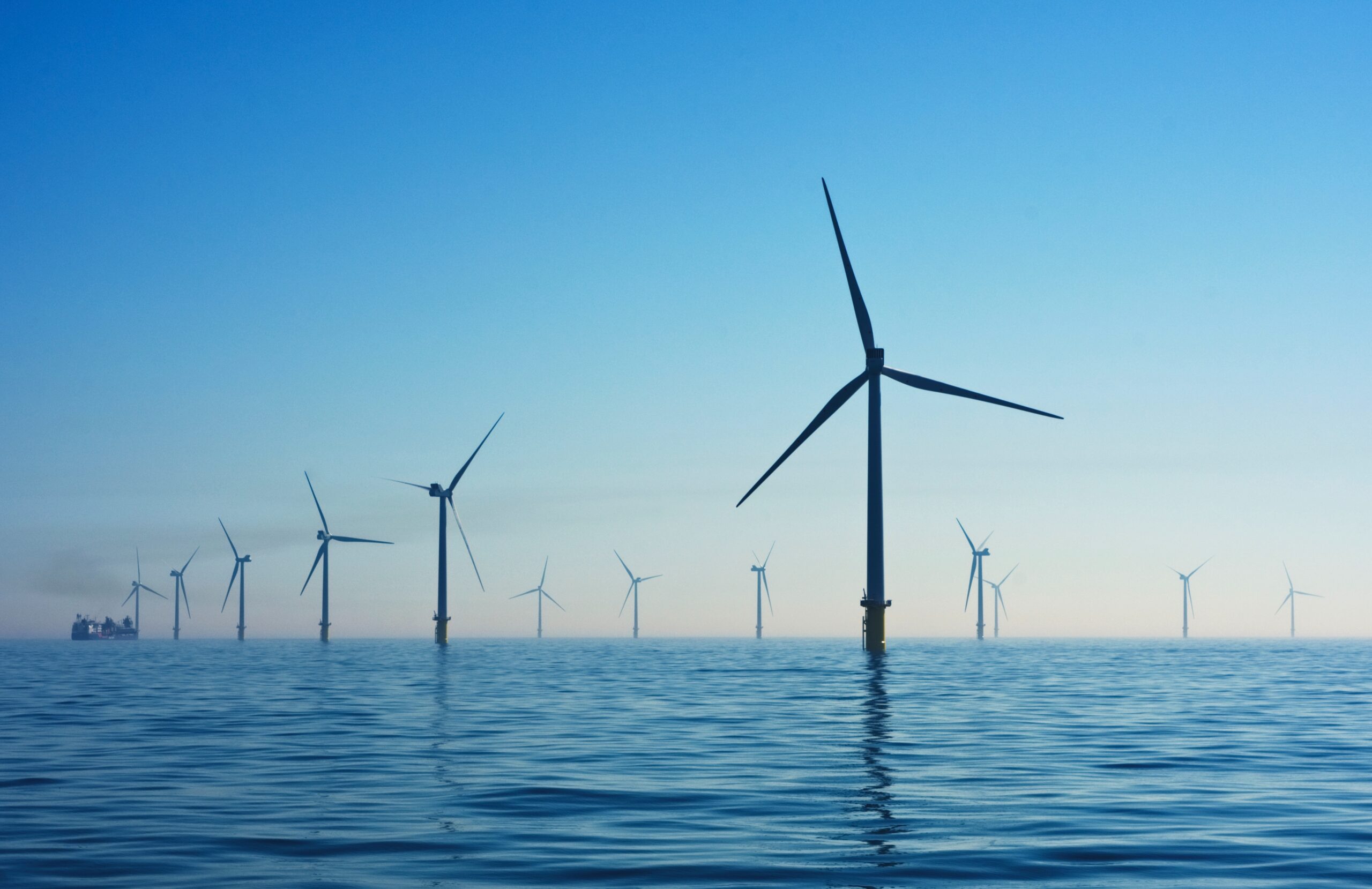This article was originally published in National Review.
Last week, President Biden signed an executive order that set the goal of “doubling offshore wind by 2030,” as a part of his administration’s aim to boost renewable-energy production. Environmental reporter Timothy Cama nicely summed up the audacity of that goal, writing: “So from seven turbines to fourteen?”
Doubling offshore wind production would mean advancing our current capacity of powering 0.0143 percent of 140 million American homes to a new capacity of powering 0.0286 percent of them. There are currently no utility-scale wind farms in operation in the U.S. The five turbines of the pilot project Block Island Wind Farm, actually in state waters off Rhode Island, came online in 2016 and generate 30 megawatts, enough energy to power 17,000 homes. The two-turbine Coastal Virginia Offshore Wind project, with 12 megawatts of capacity, was completed last year and can power up to 3,000 homes.
Nearly a full decade should be plenty of time to double the current 42 megawatts, but given regulatory and logistical barriers, setting such a low bar was likely purposeful. The new administration’s offshore wind approach highlights how it’s pushing a few policies that may be good politics but make little economic sense—and at times conflict with each other.
For starters, Congress recently clarified that the Jones Act applies to offshore wind projects, a regulatory answer that some in the industry had been awaiting for years. The Act, originally signed in 1920, compels ships traveling between U.S. ports to be American built, owned, registered, and crewed. It garnered headlines in 2017 when it made the U.S.’ hurricane response in Puerto Rico slower and more costly than it should have been. It is also the reason that the island and some states have begun importing Russian energy in recent years—there are no liquefied natural gas tankers that meet the Act’s requirements.
According to a December report from the Government Accountability Office, the wind sector faces a similar problem. There are no Jones Act-compliant vessels capable of installing the jumbo turbines needed for the many wind projects already planned in the Atlantic. The report diagrams a potentially workable—albeit facetious-sounding—alternative: Have a foreign ship arrive at the installation site, use a crane to pick up turbines and other components from U.S.-compliant “feeder ships,” and then install the equipment.
The feeder-ship approach was successfully used in the Block Island project because Customs and Border Protection ruled that lifting components with a Maltese vessel’s crane was not considered “movement of merchandise.” But the GAO identifies several remaining hurdles: There are likely no U.S. feeder ships large enough to complete bigger wind projects, many existing foreign-flagged installation vessels are also too small, and demand for wind projects in Europe and Asia will mean plenty of competition for what capacity is available. (The report notes that one U.S. company plans to build a single installation vessel, at a cost of $500 million and a timeline of three years.)
You would think that after trumpeting its offshore wind plans, the Biden administration would be screaming for a repeal of the protectionist and counterproductive Jones Act. Instead, the president reiterated his “strong support” for the law when endorsing one of the slew of other executive orders he has so far signed.
The reality is that the new administration had to offer up some sort of goal for renewables given the truly audacious action Biden also made in his order: pausing all oil and gas leasing on federal lands and offshore waters, likely a first step in the pursuit of a ban on fossil fuel exploration and drilling. Such a ban was one of his boldest campaign promises, and one that will doubtless be accompanied by massive trade-offs—including squeezing budgets of states that rely on energy and threatening funds for national parks repairs and other conservation aims that have been juiced by oil and gas receipts for decades.
In 2019, federal revenues from wind energy were $411 million. That was about 1/25th of the roughly $10 billion in revenue generated by oil and gas. If the new administration really aims to start to displace that fossil fuel money with proceeds from renewables, it should be leading a charge to get rid of the anachronistic Jones Act.




